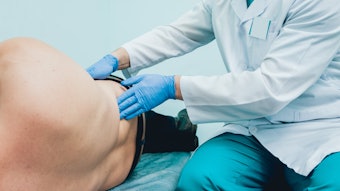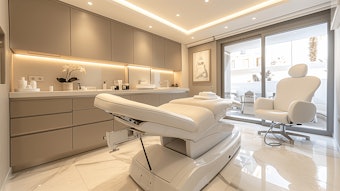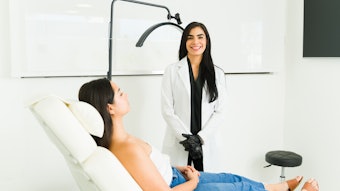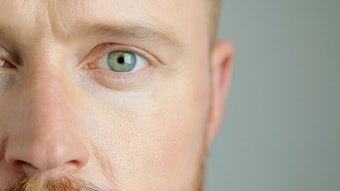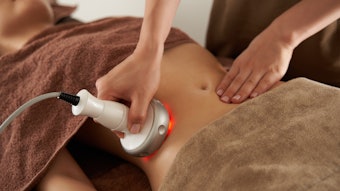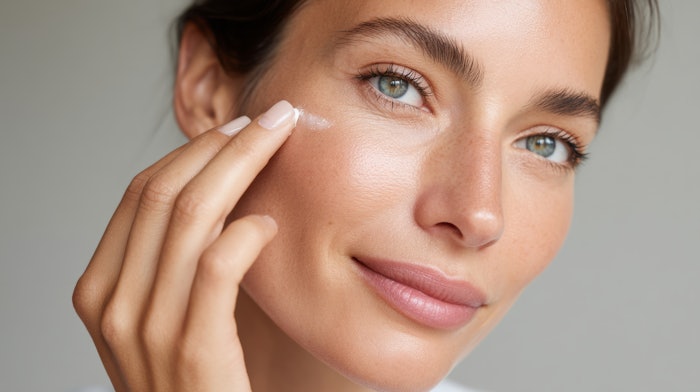
May is Skin Cancer Awareness Month. In the U.S., 9,500 people are diagnosed with skin cancer every day [1]. Sun protection is non-negotiable in skincare, but all SPF is not created equal, and very few patients actually understand what the numbers on the bottle mean. In fact, many believe SPF 100 is a get-out-of-sun-damage-free card. It’s not, and that misunderstanding leads to long-term harm.
Why SPF 30 Is the Baseline… And No, Higher Numbers Won’t Save You
One of the most common misconceptions people have is that higher SPF numbers offer dramatically stronger protection. Yet, the data says that SPF 30 blocks about 97% of UVB rays. SPF 50 increases that slightly to 98%, and SPF 100 maxes out at around 99%. That tiny jump often leads to big mistakes.
Under the false impression that a higher SPF gives total protection, many people stop doing the things that matter most, like applying the right amount, reapplying every two hours, and using physical barriers like hats or shade. These are the real fundamentals of sun protection.
A 2022 American Academy of Dermatology Association survey found that 67% of Americans incorrectly believe SPF 30 provides twice the protection of SPF 15 [2]. That statistic alone tells us why skin damage is still so common, even among the most skincare-savvy.
So What If the Damage Is Already Done?
Despite our best prevention efforts, many patients walk in with years of cumulative sun exposure, visible or not. Pigmentation, roughness, fine lines, broken capillaries and collagen loss are all signs of UV damage we treat daily.
Thankfully, modern in-office treatments offer targeted solutions that go beyond drugstore serums and wishful thinking:
 All the lasers and light therapy in the world can’t compete with two unprotected days in the sun post-procedure.Courtesy of ziehefzie at Adobe Stock
All the lasers and light therapy in the world can’t compete with two unprotected days in the sun post-procedure.Courtesy of ziehefzie at Adobe Stock
Microneedling, especially when combined with growth factors or exosomes, works on a deeper level by promoting dermal remodeling and restoring elasticity lost from chronic UV exposure.
Chemical peels resurface the top layers of the skin, sloughing off pigmented keratinocytes and encouraging cellular turnover. For patients struggling with sun spots and discoloration, peels can dramatically brighten and smooth the complexion when used correctly and consistently.
But here’s the part that doesn’t get said enough: These treatments only work if sunscreen use is taken seriously afterward.
All the lasers and light therapy in the world can’t compete with two unprotected days in the sun post-procedure. Without SPF and proper sun avoidance, results will fade—and in some cases, reverse entirely. For patients prone to melasma or PIH, even a few minutes of exposure can undo months of progress.
Why SPF Habits Matter More After Aesthetic Treatments
Post-treatment skin isn’t just sensitive, it’s compromised. After procedures like microneedling, laser resurfacing or even a light chemical peel, the skin’s barrier is disrupted, making it significantly more vulnerable to UV exposure.
Even minimal sun contact during this phase can lead to post-inflammatory hyperpigmentation (PIH), uneven healing, redness or long-term textural damage. For patients with melanin-rich skin, the risk of persistent pigmentation is even higher.
So, I don’t just recommend SPF, I emphasize how to use it. Broad-spectrum SPF 30 or higher, ideally mineral-based with zinc oxide or titanium dioxide, applied generously and often, and paired with other physical protection. It’s not an optional step in post-care; it’s the foundation of every result we aim to protect.
Protect the Investment
According to the Skin Cancer Foundation, 1 in 5 Americans will develop skin cancer, and over 90% of nonmelanoma skin cancers are caused by UV exposure [3]. In the world of medical aesthetics, we may be focused on results, but it’s our responsibility to reinforce the habits that protect both skin health and the outcomes we work so hard to create.
Whether we’re helping a patient prep for their first microneedling session or correcting years of cumulative sun damage, the message has to be consistent and clear: SPF 30 is the baseline. Higher doesn’t mean better. Reapplication is everything. And when prevention falls short, in-office treatments, paired with strict post-care, can help restore what’s been lost.
Educating patients isn’t an add-on. It's part of the treatment plan. Real skin health doesn’t end in the chair–it’s what happens after they walk out the door.
References:
1- https://www.aad.org/media/stats-skin-cancer
2- https://www.aad.org/news/new-aad-survey-reveals-growing-importance-sun-protection
3- https://www.skincancer.org/skin-cancer-information/skin-cancer-facts/
About the Author
Suzanne Jagger DNP, CRNA, MBA founded Aura Aesthetics, a premier medical spa located in Portland, Oregon. With over two decades of nursing experience, Jagger established Aura Aesthetics in 2016 to provide clients with individualized aesthetic services. The spa offers a comprehensive range of minimally invasive, results-driven aesthetic and wellness treatments, including injectables, laser treatments, medical weight loss management, hormone therapy, skin rejuvenation, and body contouring solutions. Beyond her clinical practice, Jagger is deeply committed to education and mentorship in the field of medical aesthetics. She co-founded Injectables EDU in 2022, where she serves as the co-clinical director, providing nurses and nurse practitioners hands-on training in both aesthetic injection techniques and business strategies for launching and growing aesthetic practices.
